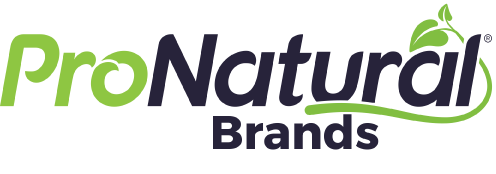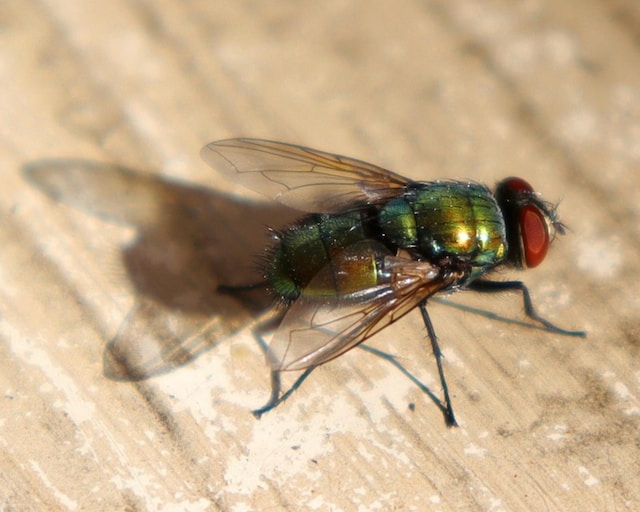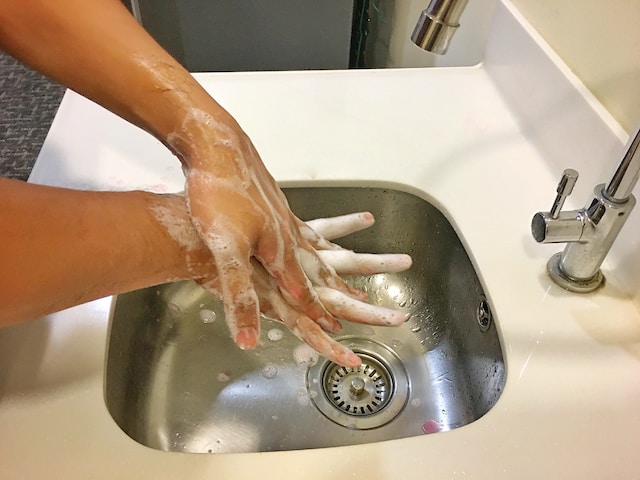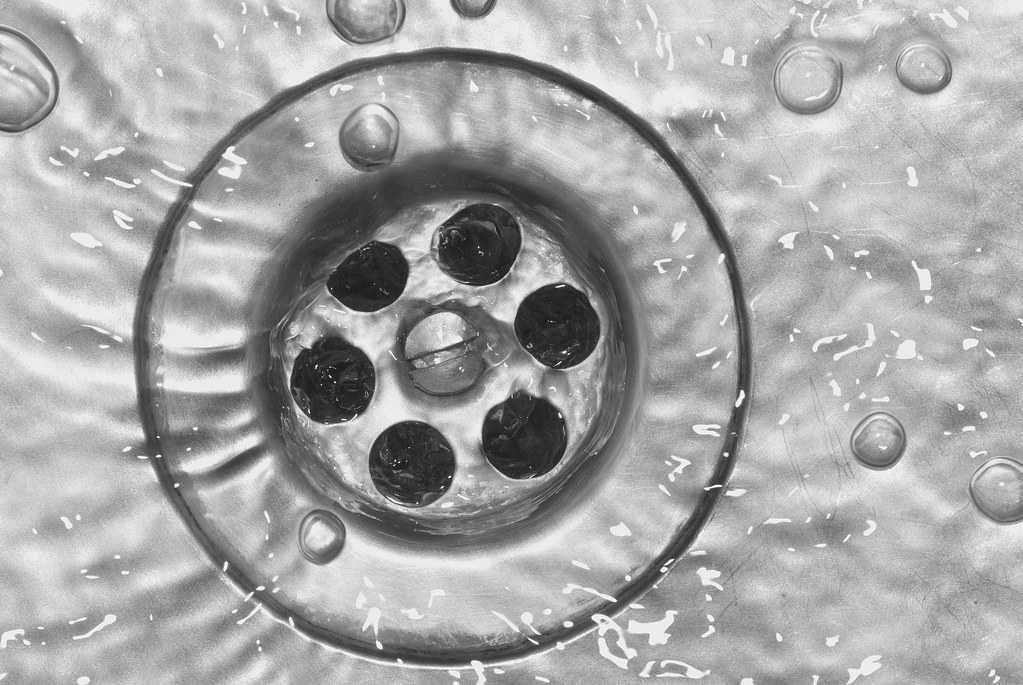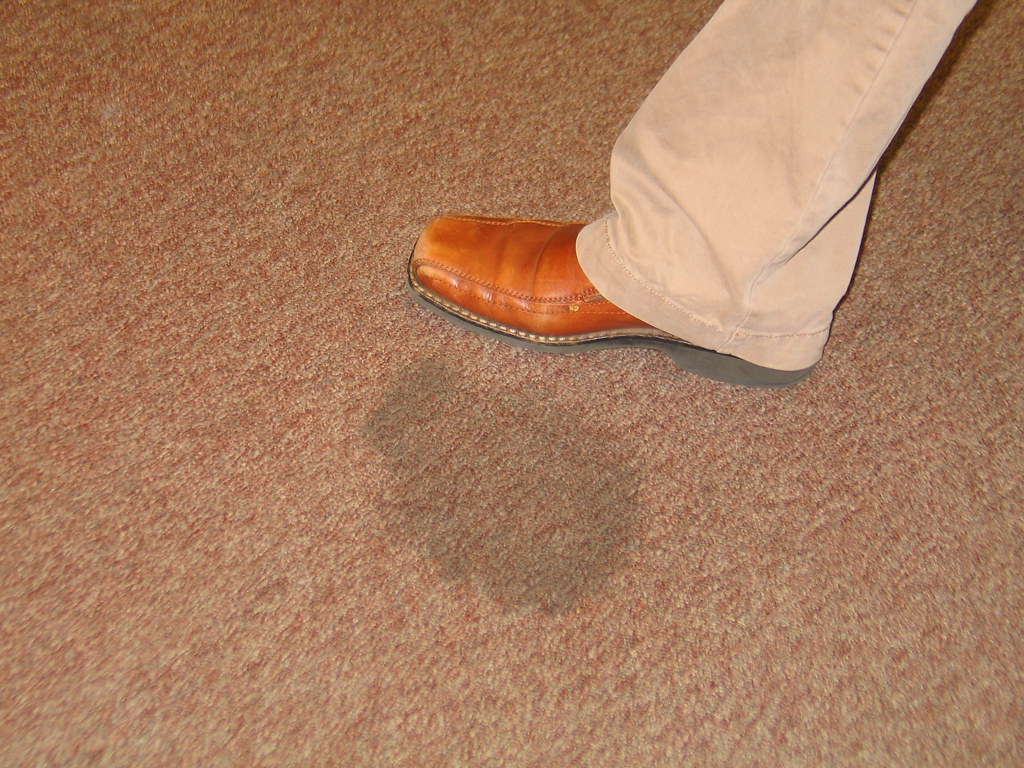“I know the difference between cleaning, sanitizing, and disinfecting,” says a Chicago hotel housekeeper. “What I don’t know is which surfaces should just be cleaned, which should be sanitized, and which disinfected.”
We hear this over and over. It’s possible that her supervisor does not know the difference either. So, let’s set the record straight.
But before we do, we need to clarify the differences between these three terms:
- Cleaning with an all-purpose cleaner and following proper procedures will remove soil from a surface.
- Sanitizing goes a big step further. A sanitizer is designed to reduce the number of pathogens on a surface to safe levels.
- Disinfecting, on the other hand, goes even further. It kills all germs on the surface as listed on the product’s label.
To work effectively, all three steps assume the products are being used properly (per the manufacturer’s label instructions), diluted correctly (if necessary), and, with the disinfectant, adhering to dwell time requirements.
So, when should cleaning professionals clean, sanitize, disinfect, or a combination of these?
Interestingly, the COVID-19 pandemic gave some critically important answers. Here is what we should do:
Surfaces that just need to be cleaned.
- Desktops
- Ledges, unless touched by many.
- Metal or wood tops for furniture and chairs.
- Window controls (cords/levers/handles).
- Carpet and hard-surface floors.
- Conference room tables.
- Collaborative workplaces if only used occasionally.
- Drawer handles, unless used by many people.
These are all areas that can become soiled with routine activity, but they are less apt to accumulate a heavy pathogen load.
Surfaces that need to be cleaned and sanitized.
All the surfaces above, including food preparation surfaces can also be cleaned and sanitized for added safety. For instance, our LEXX® Liquid Sanitizer and Cleaner is a one-step cleaner and sanitizer. It will not only remove soil from a surface but go the extra mile and eliminate most pathogens on that surface – to safe levels. This extra step helps ensure we are protecting the health of building users.
Surfaces that should be disinfected.
- Door handles and knobs.
- Tabletops (shared desks/cafeteria tables).
- Light switches.
- Bathroom counters and fixtures.
- Kitchen counters, fixtures, and surfaces.
- Faucet and restroom fixture handles.
- Electric devices that are shared by many people (office copiers, fax machines, shredders, scanners, keyboards remotes, and printers)
- Water fountains and coolers
- Landline telephones
We should add that in most cases, surfaces with heavy soil build-up should be cleaned first and then disinfected. However, for surfaces with light soils, this is not necessary with our LEXX® Broad Spectrum Disinfectant & Cleaner.
Further, as to surfaces that should be disinfected, here’s a catchall: any surface touched by many people throughout the day has a greater chance of being coated with germs and pathogens. These areas should be disinfected.
Surfaces that must be disinfected.
· If someone has a vomiting incident in a workspace, restaurant, or school, the entire area — floors, nearby surfaces, tables, and so on — must be disinfected. Whatever the cause, cleaning professionals must assume there is a possibility the incident was caused by norovirus or some other disease.
· When someone notifies administrators, they are sick with a potentially contagious disease such as COVID. In such cases, that individual’s entire work area and shared areas they normally use must be cleaned and disinfected.
· Thinking outside the box, any area that is likely to have a heavy concentration of germs and bacteria. Elevator buttons and refrigerator handles are perfect examples.
In fact, today, after the pandemic, building managers and cleaning professionals are urged to always be thinking outside the box. Further, investigate new cleaning, sanitizing, and disinfecting solutions.
We no longer need to use traditional cleaning solutions that negatively impact the user or the environment. We now have safer alternatives that are just as effective.
Pronatural Brands All-natural citric acid-based cleaning, sanitizing & disinfecting products are formulated with 100% food additive ingredients. They are just as powerful as leading chemical-based solutions – and safer.
